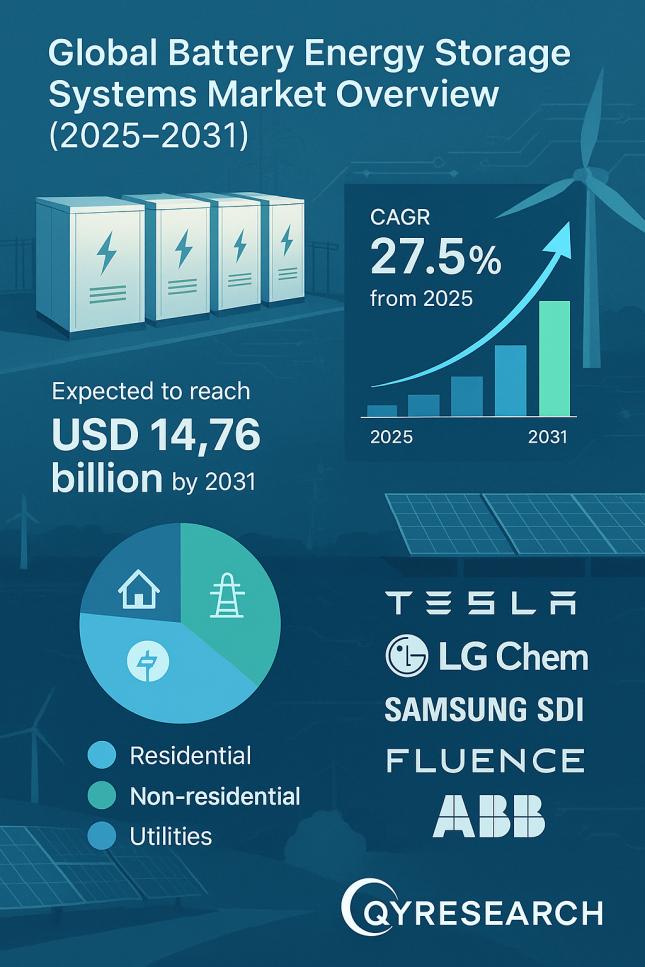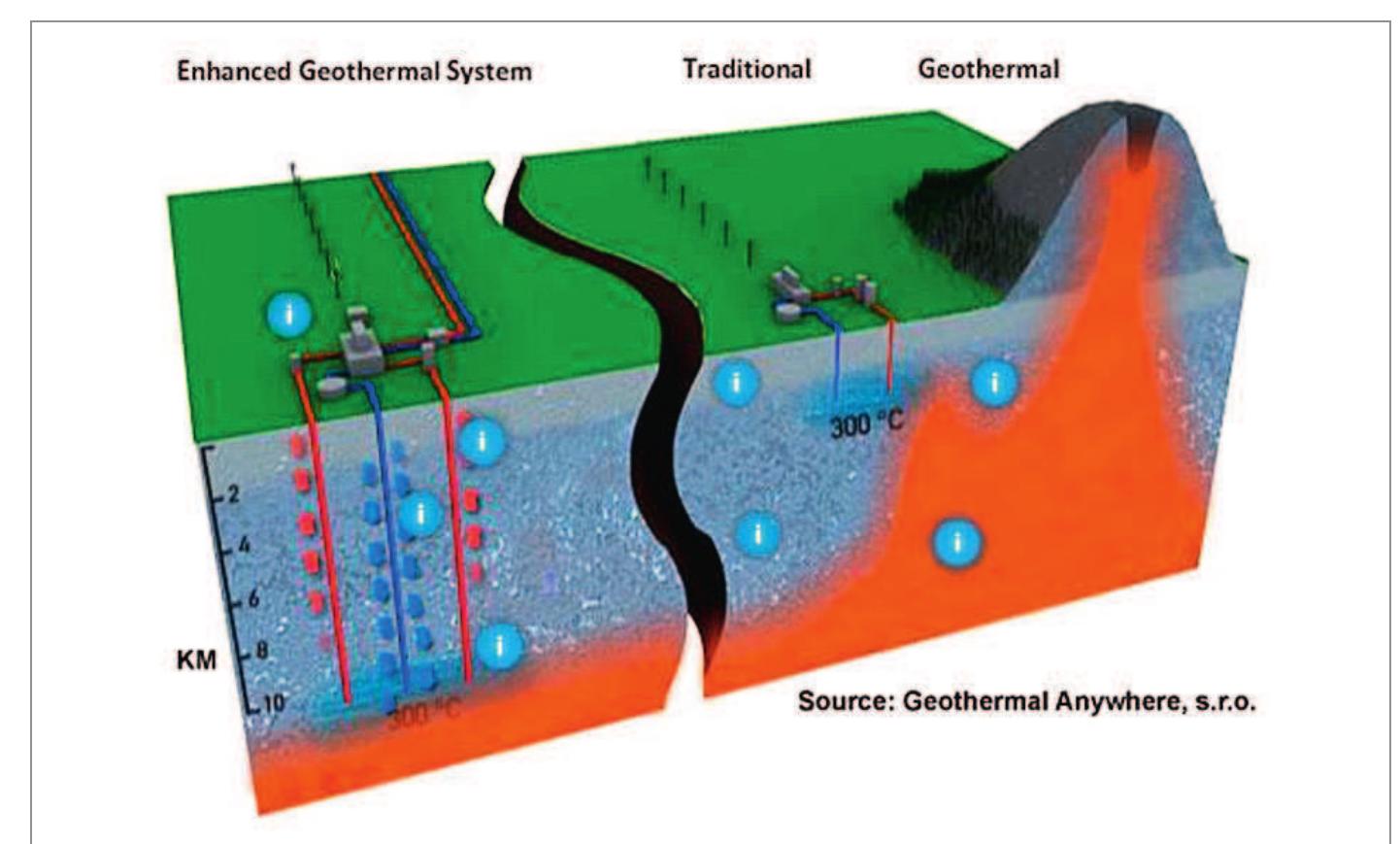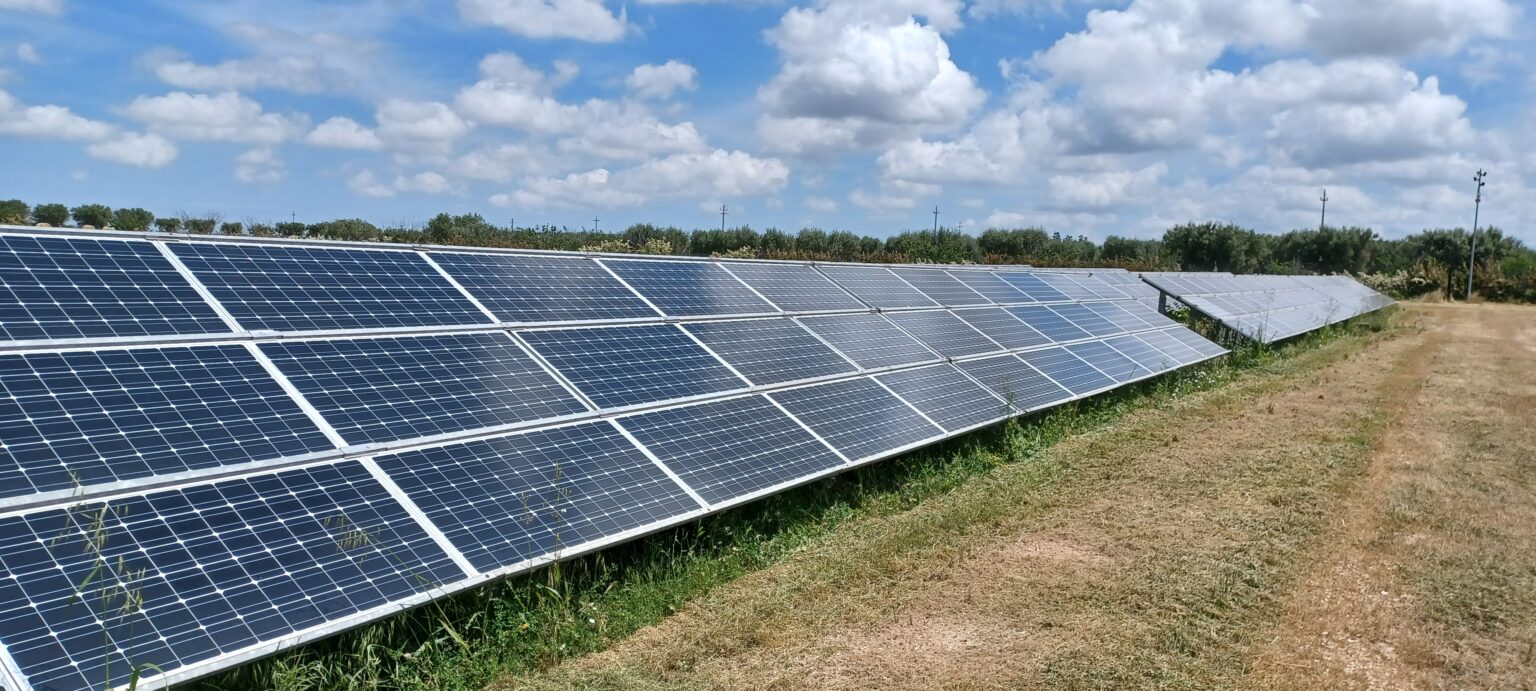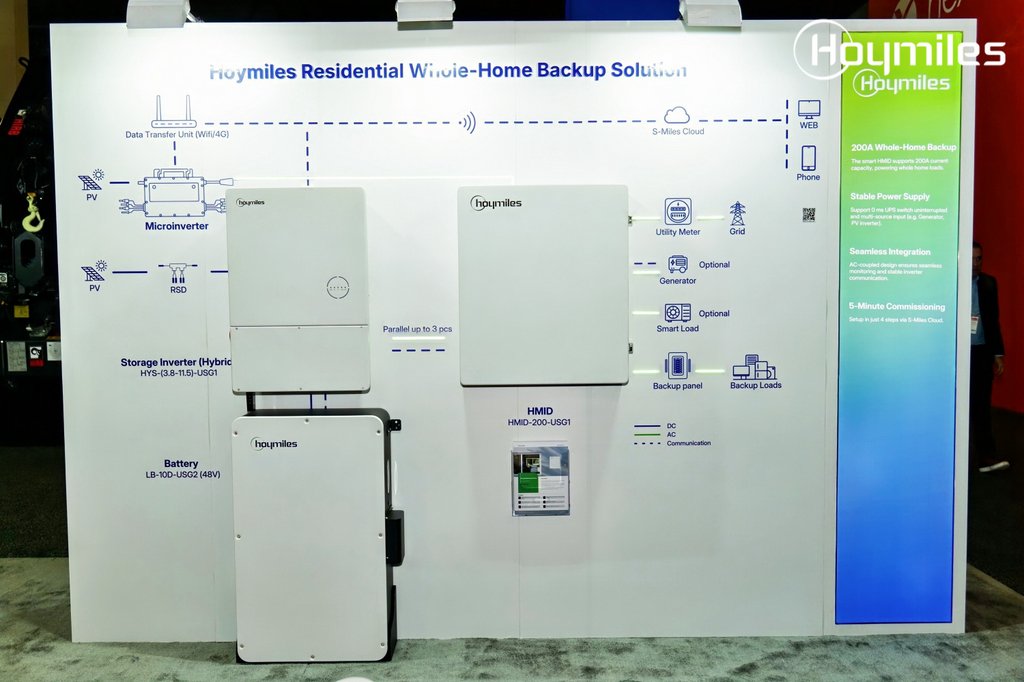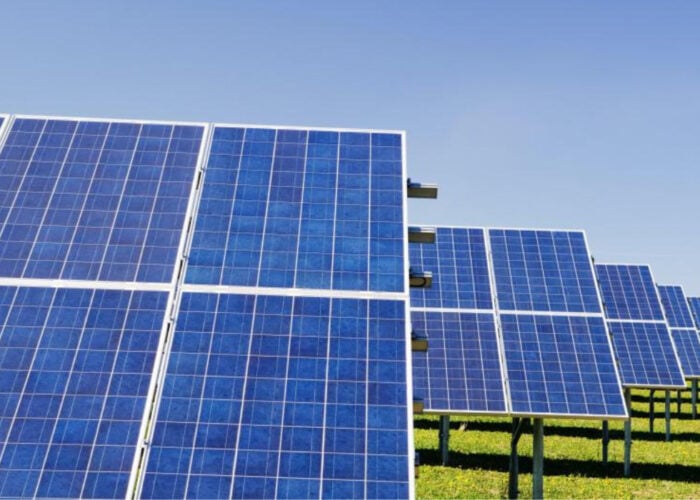Legislative Push for Accelerated Clean Energy Transition to Meet Sustainable Development Goals
Advocacy for SDG 7: Affordable and Clean Energy
A coalition of 107 state lawmakers has formally urged the PJM Interconnection to expedite the integration of clean energy resources. This action aims to bolster regional energy supplies and align grid development with United Nations Sustainable Development Goal 7 (Affordable and Clean Energy) and SDG 13 (Climate Action). The legislators emphasized the critical need to leverage federal tax incentives before their expiration to ensure the financial viability and rapid deployment of renewable projects, which directly supports SDG Target 7.2 to substantially increase the share of renewable energy in the global energy mix.
The initiative addresses PJM’s projections of potential power supply shortfalls, highlighting the role of renewable energy in building a resilient and sustainable infrastructure, a key component of SDG 9 (Industry, Innovation, and Infrastructure). Lawmakers are calling for an “all-of-the-above” energy strategy that prioritizes the swift development of clean resources to guarantee both reliability and affordability for consumers.
Key Challenges and Proposed Reforms for SDG Alignment
Barriers to Sustainable Energy Deployment
The legislators identified several obstacles hindering the progress toward a clean energy grid, including administrative delays and insufficient support for renewable projects. A primary concern is the delay in constructing necessary network upgrades, which accounts for a significant portion of project postponements. These delays impede the development of reliable and sustainable infrastructure as outlined in SDG 9.
Policy Recommendations for PJM Interconnection
To overcome these challenges and accelerate progress towards SDGs, the lawmakers presented a series of specific requests to PJM:
- Enhance Multi-Stakeholder Partnerships (SDG 17): Urge PJM to actively communicate with federal agencies to advocate for policies that support renewable energy development and remove barriers to their deployment.
- Improve State-Level Coordination: Provide states with more detailed information on projects nearing the completion of interconnection reviews to facilitate smoother state-level siting and permitting processes.
- Increase Infrastructure Transparency (SDG 9): Mandate increased reporting from transmission owners on the progress of network upgrades required to connect new clean energy projects to the grid.
- Adopt Innovative Interconnection Rules (SDG 7): Implement “energy only” interconnection options to enable faster construction of renewable projects and improve their access to federal tax credits.
- Facilitate Clean Energy Replacement: Refile a proposal with the Federal Energy Regulatory Commission (FERC) to streamline the transfer of capacity interconnection rights from retiring fossil fuel plants to new renewable and battery storage resources, enabling a seamless transition.
- Implement Regulatory Reforms: Immediately adopt interconnection queue reforms mandated by FERC in 2023 to improve the efficiency of the grid connection process.
PJM’s Response and Ongoing Initiatives
Progress on Interconnection and Innovation
In response, PJM stated it has made significant progress on interconnection reform and has communicated to Congress the necessity of all available capacity, including renewables, to meet resource adequacy needs. PJM’s efforts include:
- Reducing the interconnection queue from 200 GW to approximately 46 GW.
- Noting that 46 GW of projects with signed interconnection agreements are awaiting construction due to external factors like permitting, supply chain issues, and financing.
- Collaborating with Google/Tapestry to utilize Artificial Intelligence (AI) to streamline its planning process, an innovation that supports SDG 9 by enhancing infrastructure management.
- Projecting that a reformed interconnection process, beginning next year, will reduce review times to one to two years.
Governance and Regional Partnership Concerns (SDG 17)
The legislative pressure occurs amid broader governance concerns. Some states, including Maryland, are exploring the possibility of withdrawing from PJM, citing frustrations with the current leadership and stakeholder process. Concurrently, governors from the PJM region have requested a formal role in the grid operator’s governance. These developments underscore challenges in maintaining effective regional partnerships (SDG 17) necessary to achieve shared goals for a sustainable and reliable energy future.
1. SDGs Addressed in the Article
The article highlights issues and initiatives that are directly connected to several Sustainable Development Goals (SDGs). The primary focus is on the transition to clean energy, the reliability of energy infrastructure, and the collaborative efforts required to achieve these objectives.
-
SDG 7: Affordable and Clean Energy
This is the most prominent SDG in the article. The entire discussion revolves around the need to “accelerate renewable energy deployment” and add “clean energy resources onto the grid.” The lawmakers’ plea to PJM is to ensure access to affordable, reliable, and modern energy for all by facilitating the integration of renewables, which is the core of SDG 7.
-
SDG 9: Industry, Innovation, and Infrastructure
The article extensively discusses energy infrastructure, specifically the PJM Interconnection grid. It points out challenges like “interconnection reviews,” the need for “network upgrades,” and delays caused by “transmission owner delays.” The call for PJM to adopt reforms, use AI to streamline planning (“collaboration with Google/Tapestry”), and build resilient infrastructure to support clean energy directly aligns with the goals of SDG 9.
-
SDG 13: Climate Action
While the term “climate change” is not explicitly used, the article’s strong emphasis on replacing “retiring fossil fuel plants” with “renewables and batteries” is a fundamental climate action strategy. By urging the rapid deployment of clean energy, the lawmakers are advocating for measures that mitigate climate change, which is the central theme of SDG 13.
-
SDG 17: Partnerships for the Goals
The article exemplifies the multi-stakeholder collaboration necessary for sustainable development. It describes the interaction between “107 state lawmakers,” a regional grid operator (“PJM Interconnection”), federal agencies (“FERC”), and private developers. The letter from the lawmakers to PJM is a call for a stronger partnership to overcome regulatory and logistical hurdles, reflecting the spirit of SDG 17.
2. Specific Targets Identified
Based on the article’s content, several specific SDG targets can be identified:
-
Target 7.2: By 2030, increase substantially the share of renewable energy in the global energy mix.
The core request from the lawmakers to PJM is to “take steps to support the rapid addition of clean energy resources onto the grid.” The article mentions a plan to enable the “seamless replacement of 3.7 GW of retiring fossil fuel plants through 2027 with resources like renewables and batteries,” which is a direct action towards increasing the share of renewable energy.
-
Target 7.a: By 2030, enhance international cooperation to facilitate access to clean energy research and technology… and promote investment in energy infrastructure and clean energy technology.
The lawmakers are pushing PJM to “immediately adopt interconnection queue reforms” and other rules that would “enable faster construction and improve access to federal tax credits for renewables.” This focus on reforming processes and leveraging financial incentives (tax credits) to promote investment in clean energy infrastructure is directly related to this target.
-
Target 9.1: Develop quality, reliable, sustainable and resilient infrastructure… to support economic development and human well-being.
The article highlights concerns about grid reliability, noting that PJM “faces a potential shortfall in power supplies” and needs to ensure it has “enough power supplies to meet the region’s needs.” The discussion about the need for “network upgrades” and overcoming “transmission owner delays” points to the necessity of developing reliable and sustainable energy infrastructure.
-
Target 13.2: Integrate climate change measures into national policies, strategies and planning.
The effort by state lawmakers to influence the operational strategies and planning of a major regional grid operator (PJM) to prioritize renewable energy over fossil fuels is an example of integrating climate-friendly measures into regional energy planning. Their letter urges PJM to adopt policies that facilitate a transition away from fossil fuels.
3. Indicators Mentioned or Implied
The article provides several quantitative and qualitative data points that can serve as indicators to measure progress towards the identified targets.
-
Indicator for Target 7.2: Installed capacity of renewable energy.
The article provides specific figures that can be used as indicators. It mentions the potential to replace “3.7 GW of retiring fossil fuel plants” with renewables. It also details the size of the interconnection queue, noting it was whittled from “200 GW… down to about 46 GW,” with another “46 GW of projects” having signed agreements and “17 GW of potential interconnection agreements” pending. These gigawatt figures are direct measures of renewable energy capacity being added or planned.
-
Indicator for Target 7.a/9.1: Efficiency of administrative processes for infrastructure projects.
The article implies an indicator for process efficiency by stating that under a “reformed interconnection process,” PJM expects “interconnection reviews will take one to two years to complete.” This timeframe serves as a benchmark to measure the speed and efficiency of getting renewable projects approved and connected to the grid. The mention that “transmission owner delays for network upgrades account for a quarter of overall project delays” also provides a metric for identifying and measuring bottlenecks.
-
Indicator for Target 7.1: Grid reliability and resource adequacy.
The article refers to PJM’s warning of a “potential shortfall in power supplies” and the need to meet “resource adequacy needs.” The measurement of the grid’s capacity versus projected demand (i.e., the resource adequacy margin) is an implied indicator of progress towards ensuring a reliable energy supply.
4. Summary Table of SDGs, Targets, and Indicators
| SDGs | Targets | Indicators Identified in the Article |
|---|---|---|
| SDG 7: Affordable and Clean Energy | Target 7.2: Increase substantially the share of renewable energy.
Target 7.a: Promote investment in energy infrastructure and clean energy technology. |
– Total capacity (in GW) of renewable projects in the interconnection queue (e.g., 46 GW with signed agreements). – Capacity (3.7 GW) of retiring fossil fuel plants to be replaced by renewables. – Access to and utilization of federal tax credits by renewable energy projects. |
| SDG 9: Industry, Innovation, and Infrastructure | Target 9.1: Develop quality, reliable, sustainable and resilient infrastructure. | – Time required for interconnection reviews (benchmark of “one to two years”). – Percentage of project delays attributed to network upgrade issues (“a quarter of overall project delays”). – Grid resource adequacy margin (implied by warnings of a “potential shortfall in power supplies”). |
| SDG 13: Climate Action | Target 13.2: Integrate climate change measures into policies, strategies and planning. | – Adoption of interconnection queue reforms and rules that favor the rapid deployment of renewables. – The rate of replacement of fossil fuel generation with clean energy sources. |
| SDG 17: Partnerships for the Goals | Target 17.17: Encourage and promote effective public, public-private and civil society partnerships. | – Number of stakeholders involved in the advocacy effort (e.g., “107 state lawmakers”). – Formal communication and collaboration between state governments and regional grid operators (e.g., the letter to PJM, the governors’ summit). |
Source: utilitydive.com


